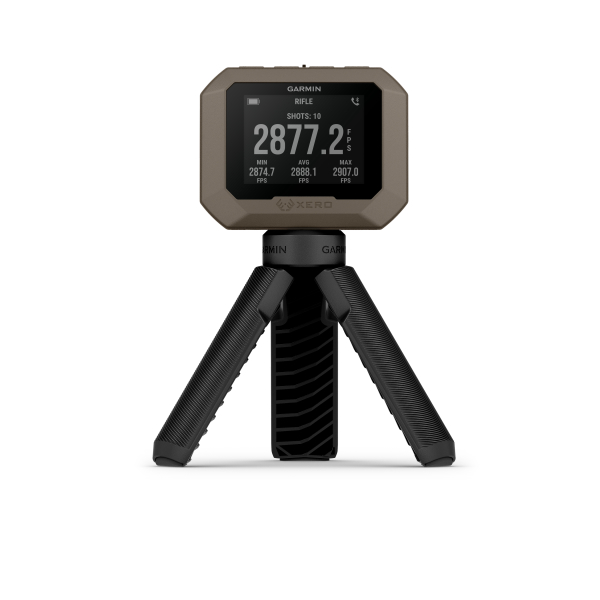The Learning Curve of the Crossbow
By Glen Wunderlich
Outdoor Columnist
Member Professional Outdoor Media Association
Last week’s column covered the first session with my new Horton Vision crossbow, which was little more than an introduction to some basics. When the chronograph indicated arrow speed at 290 feet-per-second (fps), I was somewhat surprised how much slower it was than the advertised speed of “up to” 325 fps. However, since its kinetic energy was still ample for whitetail hunting, this week’s focus is on accuracy and other considerations.
For an added measure of enjoyment, my friend and hunting partner, Joe Reynolds, brought along his new Parker Hurricane crossbow. The Hurricane model is about a year old, so Joe was able to get a good deal on it at the Deer Spectacular in Lansing this past spring. However, it uses the same mechanism as Parker’s newest model; only the stock has been changed. The salesman told Joe that it was rated at 350 fps – the fastest legal speed permitted by law in Michigan – and that Parker didn’t exaggerate its claims. It was time to find out.
The first arrow was clocked at 352 fps and so was the second! (Understand that even though Joe’s arrows exceeded the speed limit, they would still be considered legal, because advertised speed of the manufacturer is how legal is defined in Michigan.) Penetration was beyond good; the arrow almost went completely through the bag target.
We set the bag at 20 yards and I shot one arrow, which was a little off the mark. But, when sighting in, there is no concern about being on target right away; the object is to shoot tight groups. Without a scope adjustment, I released my second arrow, which promptly struck the first arrow and drilled a hole clean through one of the vanes. We quickly wised up and placed several targets on the bag and never fired more than one arrow at each target.
Joe’s laser-like shots at 20 yards could not be seen and were close enough to center that we then moved the target to 30 yards. I made some scope adjustments after two initial shots and finished the 30-yard target experiment by placing the next two shots in the middle of two separate 1-inch squares! However, I was already holding over some two inches to get on center, making me question the calibration of the various horizontal lines on the Mult-A-Range scope. Joe then smoked a few more shots close enough to center that we moved the target to 40 yards.
My groups were still only a couple of inches but well below the center of the target, when using the second horizontal line on the scope for the 40-yard shots. The calibration of the reticle may be on the mark, however, from an elevated stand. Joe’s Parker was thumping the bag impressively but the wind was becoming a factor and we called off the session.
I resumed shooting the next morning and found that group sizes never exceeded a few inches out to 45 yards! When one considers the kill zone of a deer, which is approximately nine inches, the Horton Vision is well within acceptable standards – even for an accuracy freak like me. But another factor – one of noise relative to downrange arrow speed – began to creep into my mind. Even though the Horton Vision is probably the quietest crossbow on the market, it still makes enough noise to spook game before the arrow arrives at the longer ranges. At least that’s my theory. With that in mind, it may be a moot point, if an archer can hit a target beyond 50 yards with the Horton, if a deer will “jump the string.”
So, if you are looking for a narrower and lighter crossbow for field use, the Horton Vision may be for you. It’s obviously accurate enough. But, if you’d like to stretch the limit of the law, and be able to make longer shots, the Parker is as good as it gets in the velocity department.
Understand, however, that I wouldn’t attempt these longer shots without designing a stand with a solid rest similar to one used with a firearm. Otherwise, accuracy is not going to be any better than anything else. But, being able to use a rest is a decided advantage over vertical bows, not to mention that the crossbow remains cocked and ready to rock without all the extraneous movement associated with vertical bows. And, as demonstrated, it doesn’t take long to get dialed in.






